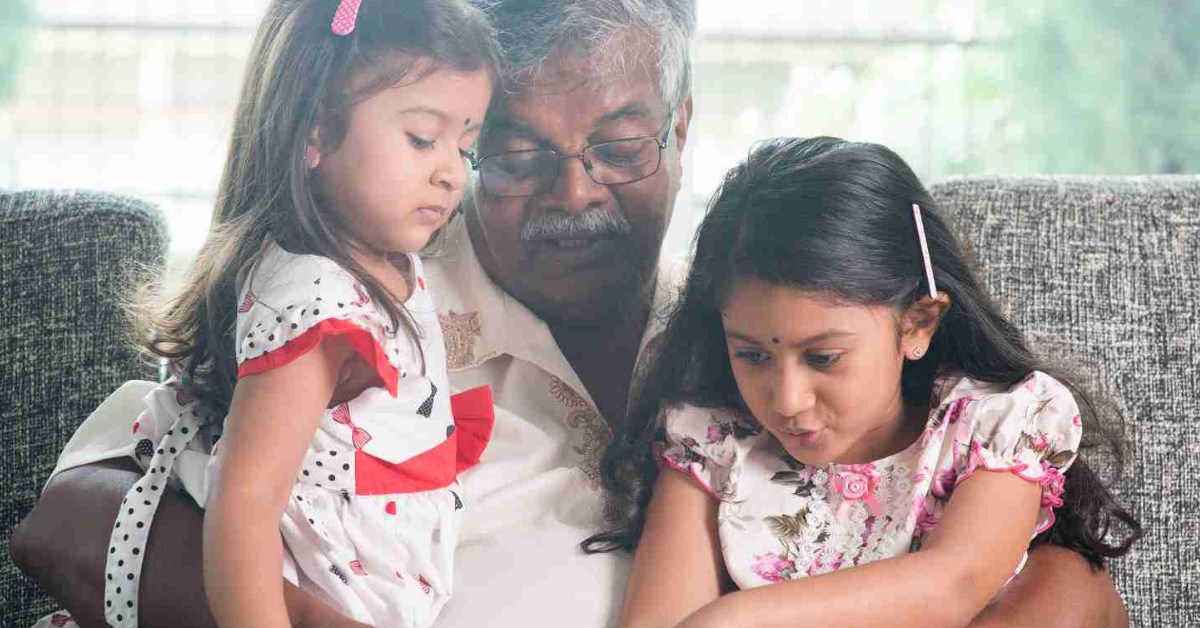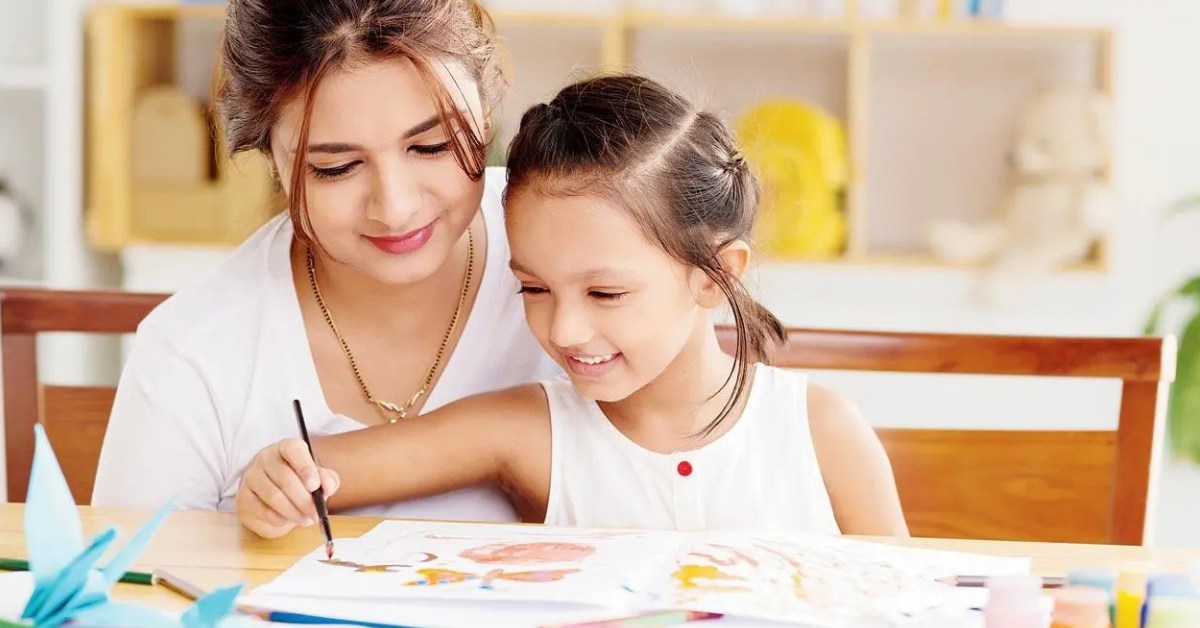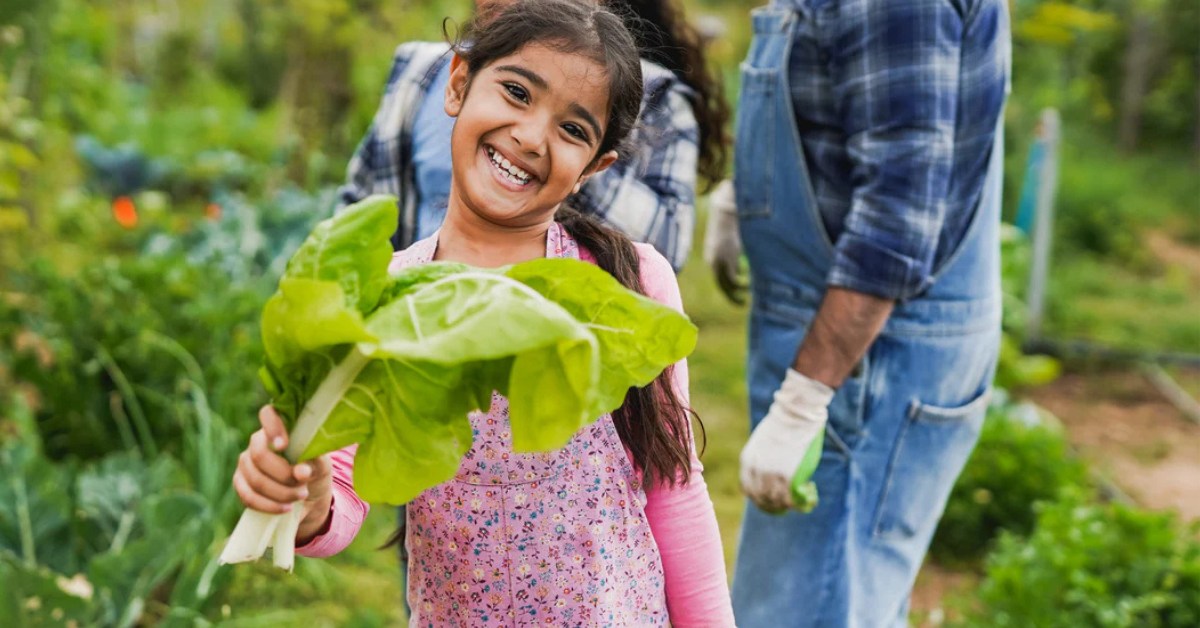How to Build Beautiful Family Memories With Your Children Through 7 Simple Traditions You Can Start Any Day
In the whirlwind of daily life, from school runs to screen time, carving out quality moments with your children can be a challenge. Yet, these moments are required for building trust, emotional intelligence, and lifelong memories.
The key lies not in expensive outings but in meaningful and creative interactions that lead to genuine connection.
Here are seven imaginative and heartwarming activities that strengthen the parent-child bond, each one offering a delightful mix of fun, learning, and love.
1. Katha Box: The story chest
Inspired by the age-old tradition of oral storytelling, the “Katha Box” is a beautifully simple concept. Take a small box and fill it with slips of paper, each bearing a story idea, like a childhood memory, a folk tale, a funny incident, or even a made-up adventure.
 Inspired by the age-old tradition of oral storytelling, the “Katha Box” is a fun concept; Picture source: Being The Parent
Inspired by the age-old tradition of oral storytelling, the “Katha Box” is a fun concept; Picture source: Being The Parent
Every evening or weekend, take turns pulling one out and telling the story. You can draw illustrations, act out scenes, or even record your audio tales. This activity encourages imagination, builds language skills, and connects children with their roots and family history.
2. Thali of Thanks: A ritual of gratitude
Create a weekly family tradition with a “Thali of Thanks”, a decorated plate on which each family member places a small object or note symbolising something they are grateful for. It could be a button for a favourite jumper, a pebble from a nature walk, or a fork to represent shared meals.
Sit together and talk about each item. This gentle and reflective practice teaches mindfulness, promotes emotional intelligence, and encourages children to recognise life’s simple blessings.
3. Memory map: Drawing the journey
Grab a large sheet of paper and co-create a “Memory map” with your child. Start from your home and draw your family’s journey, including visits to grandparents, favourite holidays, park adventures, or even the corner shop with the best ice cream.
 Grab a large sheet of paper and co-create a “Memory map” with your child; Picture source: Mid-day
Grab a large sheet of paper and co-create a “Memory map” with your child; Picture source: Mid-day
Add doodles, captions, and funny details. This visual diary is not just a drawing; it is a conversation starter, a walk down memory lane, and a reminder of how far you have travelled together, both literally and emotionally.
4. Role reversal day: Let them lead
Designate one day a month as “role reversal day”, where your child takes charge (within reason). Let them plan the family meal, choose the activity, or even pretend to be the parent for a few hours.
This playful but uplifting activity boosts confidence, builds decision-making skills, and gives children a glimpse into the everyday responsibilities adults carry, often with little recognition.
5. Emotion charades: Feelings made fun
Turn the classic game of charades into an emotional learning tool. Instead of guessing animals or films, act out feelings, like joy, sadness, frustration, or excitement. Encourage your child to describe a time they felt that way.
 Do not let screen time or a busy schedule stop you from spending time with your children; Picture source: Guugly Wuugly
Do not let screen time or a busy schedule stop you from spending time with your children; Picture source: Guugly Wuugly
This fun and interactive game helps children build emotional vocabulary, promotes empathy, and makes it easier for them to express their feelings openly.
6. Letters to the future: A message across time
Write letters with your child addressed to their future selves. Include their current likes, dreams, worries, and achievements. Seal them in an envelope with a date to open five or ten years later.
This reflective exercise encourages self-awareness and creates a meaningful keepsake. It also gives parents a deeper insight into their child’s inner thoughts and aspirations.
7. Family dream board: Visualising togetherness
Create a shared “dream board” filled with cut-outs, drawings, or notes representing your collective hopes, whether it is learning to swim, starting a garden, or going on a road trip.
 Create a shared “dream board” representing your collective hopes, whether it is learning to swim or starting a garden; Picture source: AllThatGrows
Create a shared “dream board” representing your collective hopes, whether it is learning to swim or starting a garden; Picture source: AllThatGrows
Display it somewhere visible. It becomes a daily reminder of your shared vision, reinforces teamwork, and encourages open conversations about goals and values.
Bonding with your child does not require perfection or planning; it simply requires presence. These creative and heartfelt activities invite joy, connection, and emotional growth, making everyday life a little richer. In the end, it is the shared stories, silly games, and fun rituals that children carry with them, not just through childhood, but well into adulthood. And perhaps, so do we.
Edited by Vidya Gowri
News